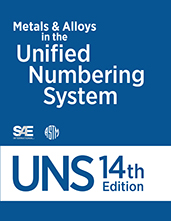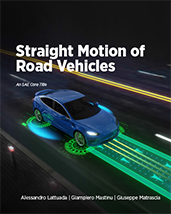Book

Building Engines for War: Air-Cooled Radial Aircraft Engine Production in Britain and America in World War II
2023-11-13
Dive into the heart of wartime innovation and manufacturing through this groundbreaking book, unveiling a riveting narrative of technological mastery and organizational ingenuity. This meticulously researched work challenges conventional views of wartime production, offering a fresh perspective on the incredible efforts that drove the Allies to victory. Young's insightful analyses illuminate the strategic collaboration between the aerospace and automotive industries, showcasing their collective adaptation that created the engines powering victory. Spanning continents, Young examines the transformation of aircraft engine manufacturing during World War II. Unearthing the operations of key players such as the Bristol Aeroplane Company, Pratt & Whitney, and Wright Aeronautical, he sheds light on the monumental shift from traditional batch production to revolutionary quantity production.



















